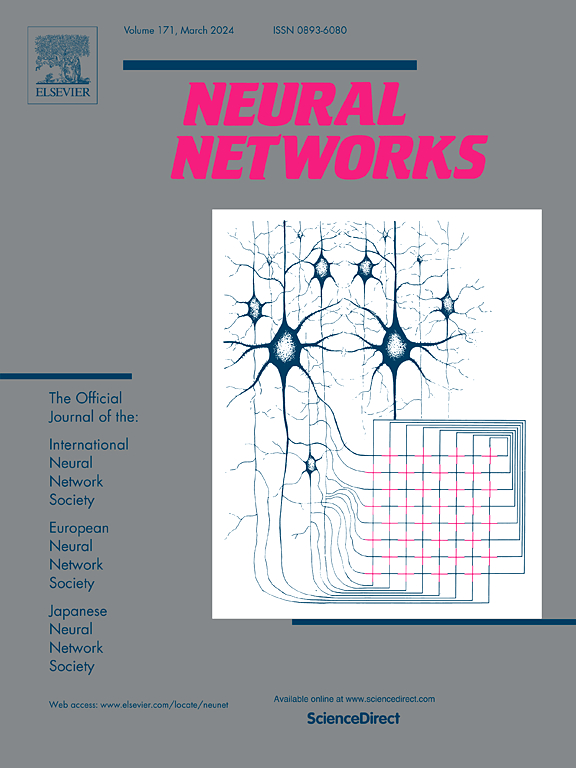水声目标降低环境噪声扩散模型
IF 6
1区 计算机科学
Q1 COMPUTER SCIENCE, ARTIFICIAL INTELLIGENCE
引用次数: 0
摘要
水声目标的识别是一个具有挑战性的问题,而不规则的环境噪声是限制识别效果的关键因素。音频领域的扩散模型研究主要围绕人声展开,将其应用于水声领域具有重要的应用价值。在本文中,我们提出了一种基于扩散模型的降低环境噪声的通用方法。提出了一种Decapitation归一化方法,平衡了不同频率尺度的数据分布,统一了时域和频域的噪声添加。然后在扩散模型的基础上提出了一种降低环境噪声扩散(RAND)模型,该模型可以在小步长范围内有效地去除环境噪声。考虑到采样的某些步骤可能会产生负面影响,提出了一种三条件掩模方法,使模型在采样过程中具有更强的鲁棒性。通过时域和频域的实验验证了该方法的有效性。本文章由计算机程序翻译,如有差异,请以英文原文为准。
Reducing ambient noise diffusion model for underwater acoustic target
The recognition of underwater acoustic targets is a challenging problem, and irregular ambient noise is a key factor limiting the effectiveness of the recognition. Research on diffusion models in the audio field has mainly centered around the human voice, and it may be valuable to apply them to the field of underwater acoustic. In this paper, we propose a general method for reducing ambient noise based on the diffusion model. A Decapitation normalization method is proposed, which balances the data distribution of different frequency scales and unifies the noise addition in the time and frequency domains. Then a Reducing Ambient Noise Diffusion (RAND) Model is proposed based on the diffusion model, which can effectively remove the ambient noise in a small range of steps. Considering that some steps of sampling may have a negative effect, a Three-condition mask method is proposed to make the model more robust during sampling. The effectiveness of the proposed method is verified by experiments in the time and frequency domains.
求助全文
通过发布文献求助,成功后即可免费获取论文全文。
去求助
来源期刊

Neural Networks
工程技术-计算机:人工智能
CiteScore
13.90
自引率
7.70%
发文量
425
审稿时长
67 days
期刊介绍:
Neural Networks is a platform that aims to foster an international community of scholars and practitioners interested in neural networks, deep learning, and other approaches to artificial intelligence and machine learning. Our journal invites submissions covering various aspects of neural networks research, from computational neuroscience and cognitive modeling to mathematical analyses and engineering applications. By providing a forum for interdisciplinary discussions between biology and technology, we aim to encourage the development of biologically-inspired artificial intelligence.
 求助内容:
求助内容: 应助结果提醒方式:
应助结果提醒方式:


